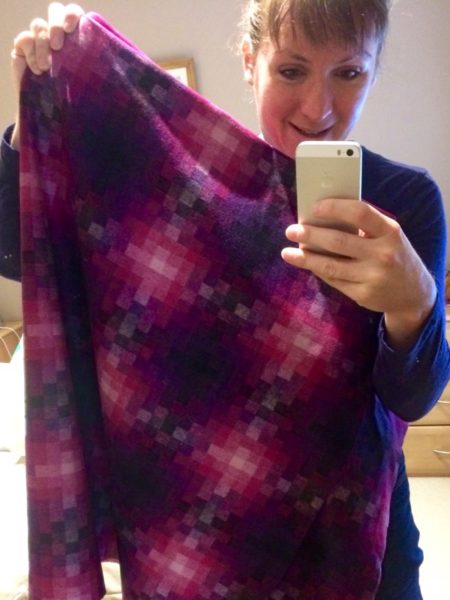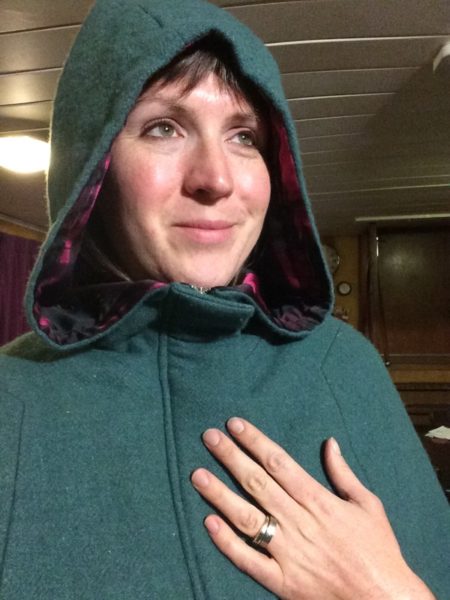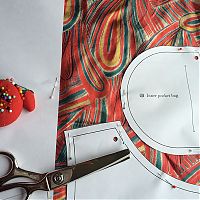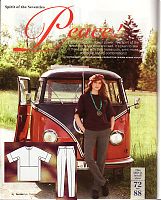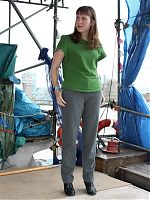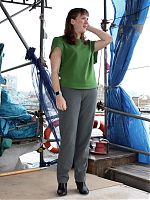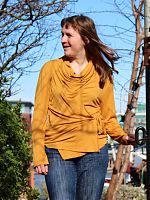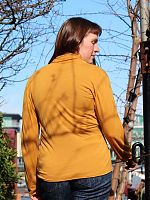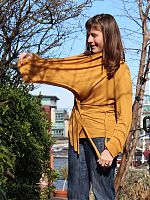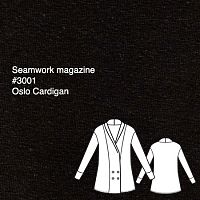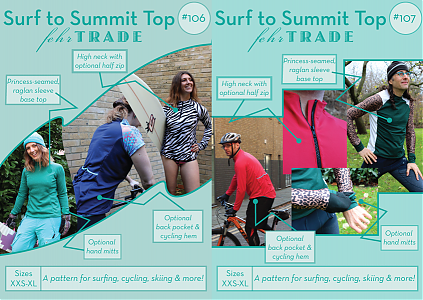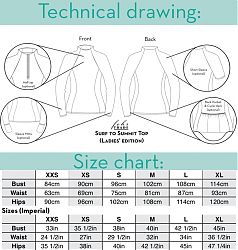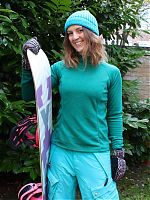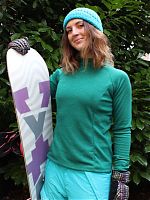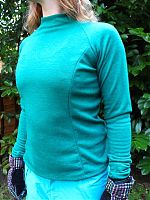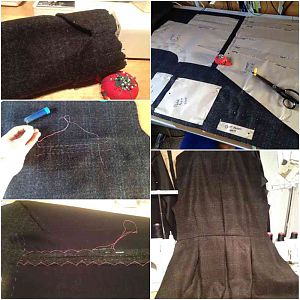As I mentioned earlier this week, we visited Dublin on a flying visit last week as James was speaking at a conference, and I decided to tag along to visit some of his family over there. I first visited Dublin back in 2000 when I was a student and did the very American thing of visiting for St Patrick’s Day (hint: it’s absolutely rammed with Americans and Aussies!). We went back again in 2008 to see some family and also buy an engagement ring, and then I had to fly over a bunch for work around 2011-2013 but those trips were mostly in-and-out on the same day, dealing with a difficult client. But it’s been long enough now that I’m mostly over the pain of those awful work trips, and since I had a spare day to wander around the city centre, I thought I’d revisit a few of the fabric shops I reviewed back in 2008.
While I’ve got mixed feelings that the Woolen Mills is no longer a source for haberdashery (mixed because I’m sad it’s closed down, but happy because it’s now a sister restaurant to our favourite restaurant in Dublin, The Winding Stair), I’m pleased to report that Hickeys on Henry Street is still going strong!

